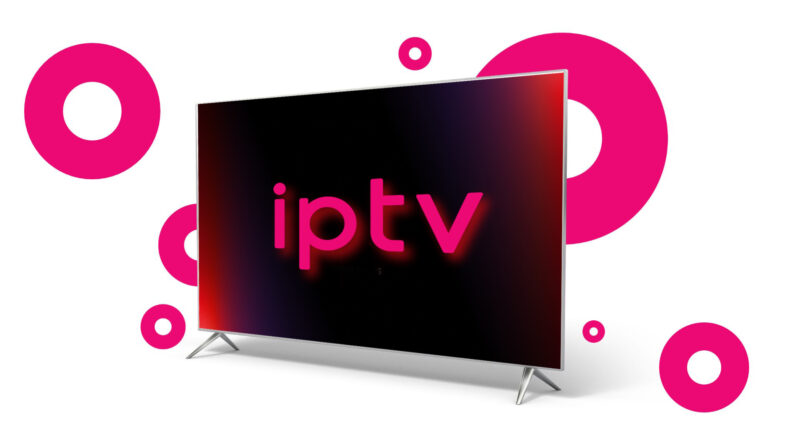The landscape of television consumption has undergone a seismic shift in recent years, with Internet Protocol Television (IPTV) emerging as a formidable force in the media industry. As traditional cable and satellite services grapple with declining subscriptions and changing viewer habits, IPTV platforms are capturing the attention of millions.
This evolution isn’t just about a technological upgrade; it reflects profound changes in how we consume content—on demand, anytime, and anywhere. From sleek user interfaces to an explosion of channels and customizable viewing options, the rapid growth of the IPTV market is transforming the way we think about entertainment.
Moreover, as innovative startups and established giants alike rush to stake their claim in this burgeoning sector, the competition is fierce, creating a dynamic environment brimming with opportunity and challenge. What does this mean for consumers and providers? Buckle up, as we dive into the exciting journey of the IPTV market and uncover the trends shaping its future.
Introduction to IPTV: The Changing Landscape

The world of television consumption is undergoing a seismic shift, propelled by the rapid evolution of Internet Protocol Television (IPTV). Once relegated to niche markets or tech-savvy consumers, IPTV is now capturing the mainstream, reshaping how viewers engage with their favorite content.
The proliferation of high-speed internet, coupled with the rise of mobile devices, has transformed traditional televisions rigid schedule into a flexible, on-demand experience. Rather than being tethered to cable boxes and satellite dishes, audiences now relish in the freedom to curate their own viewing habits, accessing a vast array of channels and on-demand services at their fingertips.
As new players enter the market and technological advancements emerge, the boundaries of IPTV expand, promising an even more dynamic and personalized entertainment landscape that challenges the conventions of conventional broadcasting.
Market Growth: Statistics and Trends Driving IPTV Adoption

The IPTV market is experiencing an unprecedented surge, driven by a confluence of technological advancements and evolving consumer preferences. According to recent reports, the global IPTV market is projected to surpass $100 billion by 2025, reflecting a compound annual growth rate (CAGR) of over 15%.
This astonishing growth can be attributed to the increasing penetration of high-speed internet and the widespread adoption of smart devices, allowing viewers flexible access to a variety of content on their terms. As more households shift from traditional cable services to on-demand streaming solutions, the appeal of IPTV is hard to ignore.
Furthermore, innovative features like personalized recommendations and interactive viewing experiences are drawing in more subscribers, fostering a competitive landscape. As traditional boundaries blur between television content and internet services, the trajectory of IPTV adoption is set to redefine how audiences engage with their favorite shows and channels.
Technological Advancements Shaping IPTV Services

Technological advancements are racing forward, profoundly influencing the landscape of IPTV services. The rise of 5G connectivity promises to elevate streaming quality, delivering ultra-high-definition content without the frustrating buffering that has plagued users for years.
Meanwhile, the integration of artificial intelligence into content recommendation systems is revolutionizing the way viewers discover shows, tailoring suggestions based on individual preferences in real-time. Innovations like cloud-based DVR solutions are not only enhancing accessibility but also providing users unprecedented control over their viewing experiences.
As these technologies converge, they are shaping a new era of IPTV that is not only more interactive but also more engaging, allowing audiences to dive deeper into content than ever before. With every leap forward, the boundaries of what is possible are expanding, making the IPTV experience richer, faster, and more personalized.
Conclusion
In conclusion, the rapid IPTV market is undergoing a remarkable transformation driven by advancements in technology, shifting consumer preferences, and the increasing demand for diverse content. As streaming services continue to proliferate, traditional broadcasting models are being challenged, paving the way for innovative solutions and personalized viewing experiences.
With the continued evolution of IPTV offerings, including higher quality streaming, accessibility across devices, and customizable options for viewers, it is clear that this dynamic sector will play a crucial role in shaping the future of entertainment consumption. Organizations that adapt to these changes and harness the potential of rapid IPTV will likely emerge as leaders in this competitive landscape, setting new standards for how we consume media.


